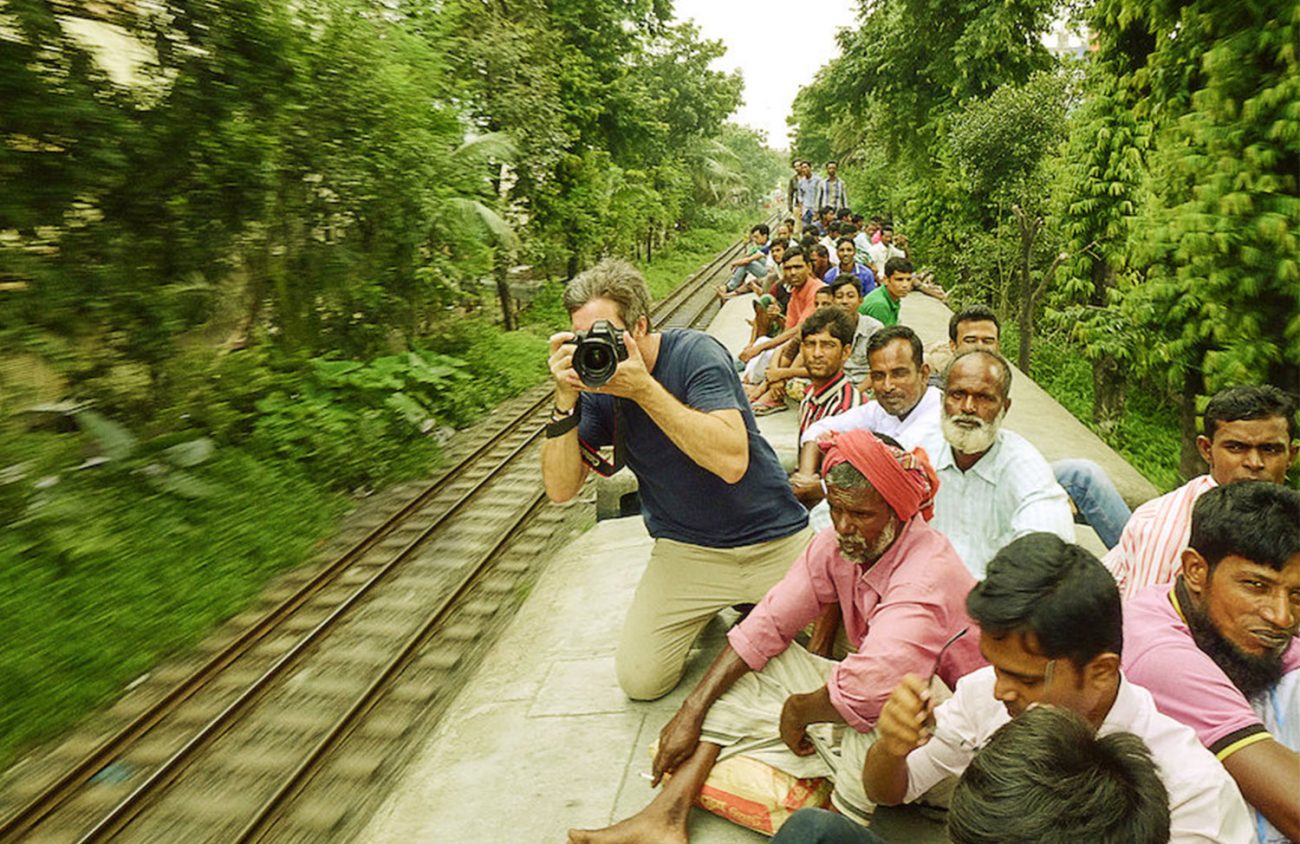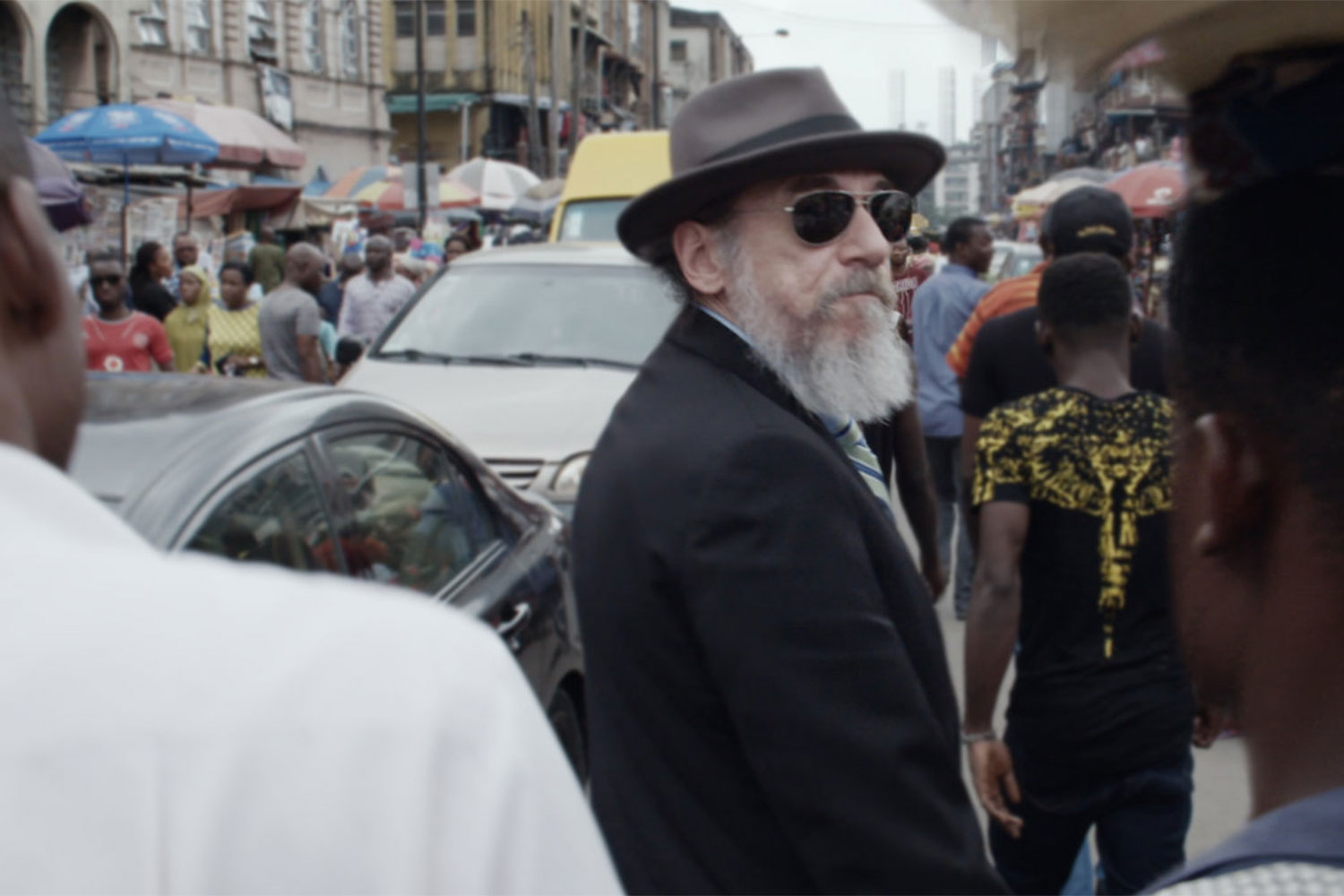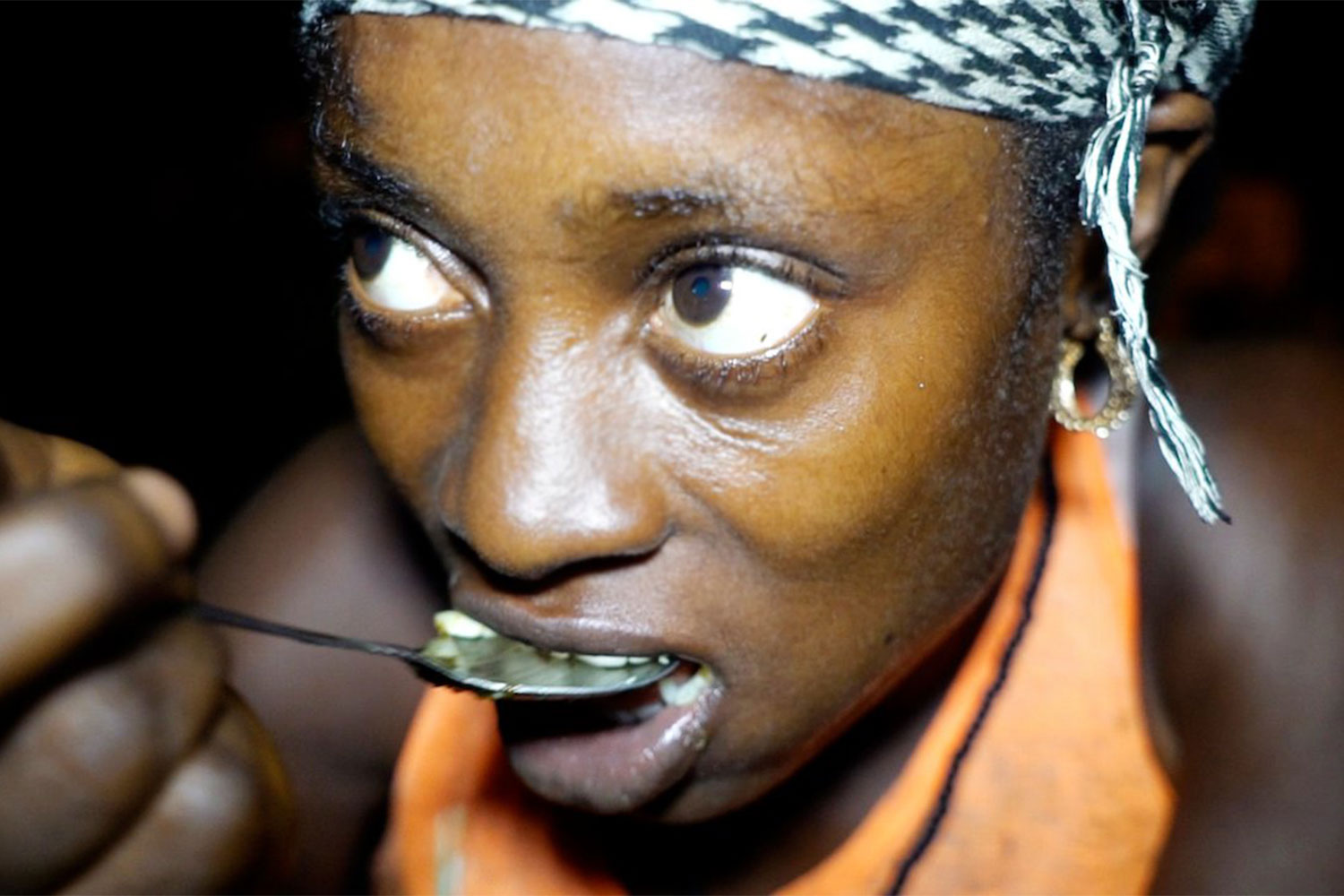There’s never been a better time to feel satisfied just by sitting on the couch. As the general population waits anxiously for a mass roll-out of COVID vaccines, it seems the safest place to travel is still no further than our living rooms.
Stay patient, while ignoring the endless Instagram stream of celebrities and acquaintances — not to mention Ted Cruz — jet-setting to tropical climes, and rest assured you’re doing the right thing. The antidote for your travel bug might be best found on your Netflix screen.
Tales by Light
Some cultures believe it’s possible to steal someone’s soul through a camera. The photographers featured in Tales By Light would argue that a lens is the perfect way to preserve it forever. The National Geographic show features a different photojournalist each episode, as they travel to various countries and explain the impetus behind their work.
In the final two episodes of season 3, we follow photographer Dylan River as he documents the dwindling tribes of the Australian Outback. River’s personal history is what feels most compelling about this story — his grandmother is Aboriginal, and in an interview she describes how her family stripped themselves of their indigenous culture as a means of survival.
River photographs an Aboriginal elder on a tour of ancient rock sites, where the 80-something-year-old man pauses briefly to touch up a deteriorating painting with clay. In this tender moment, a small slice of their shared heritage is preserved.
At times, the photojournalism of Tales By Light has a slimier sense to it. Episodes 1 and 2 of the most recent season feel a bit like an infomercial asking you to sponsor a child in need. In fact, that’s literally the episode name, “Children In Need,” which follows UNICEF photographer Simon Luster through impoverished neighborhoods of Bangladesh, while celebrity ambassador Orlando Bloom tags along. Still, the images that Luster creates of local children playing in piles of garbage are undeniably heart-wrenching.
Other photographers document subjects ranging from underwater predators in Brazil to adrenaline junky paragliders in Utah. Tales By Light is a worthwhile watch for any National Geographic Magazine enthusiast or wanna-be documentarian.
Seasons 1 to 3 of Tales By Light are available on Netflix.
Larry Charles’ Dangerous World of Comedy
You can tell a lot about a person by what they laugh at. You can probably tell even more about a culture by what you’re allowed to laugh at. Larry Charles’ Dangerous World of Comedy takes the viewer to countries like Saudi Arabia, Nigeria and Iraq to ask local comedians what exactly they find humorous in the most dire of circumstances.
Borat and occasional Curb Your Enthusiasm director Larry Charles takes a bold approach to interview subjects. He not only speaks to former Liberian child soldiers who use comedy to deal with their traumatic pasts, but actually features General Butt Naked (Joshua Milton Blahyi), an infamous war lord known for his cannibalistic atrocities and leading his troops into battle in the nude. Can we really learn to laugh at anything?
In other episodes, Charles features female Saudi Arabian comedians, who toe the line between self-deprecating and boundary-pushing in their online skits, which poke fun at national sexist attitudes and their own lazy husbands.
Ultimately, Larry Charles’ Dangerous World of Comedy guffaws in the face of American comedians who lament that they “can’t say anything” in our ultra-PC environment. The show reminds us that laughter can not only be cathartic, but brave.
Season 1 of Larry Charles’ Dangerous World of Comedy is available on Netflix.
Hyper HardBoiled Gourmet Report
The quickest way to a man’s heart is through his stomach. Or maybe with a knife. In a feat of gonzo journalism that even Hunter S. Thompson would have found impressive, a team of Japanese journalists dives headfirst into some seriously un-touristy cultures, simply by asking locals, “Will you make us lunch?”
The question leads the team to family homes in South-Central L.A., where gang members show off tattoos and guns over plates of mac’n’cheese, and to Monrovia, Liberia, where a former child soldier brandishes a human skull over his head before offering to share a bowl of rice.
Hyper HardBoiled Gourmet Report doesn’t pander to American audiences, and the design of the show is nearly as overwhelming as the content. The floating head of the show’s producer sits atop the screen, watching along with the audience — he’s never seen the clips before, either, commenting, “No, you can’t go in there!” or “Come on, you’re taking too much,” when one of the journalists gets a little too greedy with a spoon. The producer functions as an interesting narrator, offering uniquely Japanese insight for American viewers.
The series provides a refreshing alternative to so-called “foodie” travel shows. The meals are rarely beautiful, but they are authentic, and the willingness of locals to invite a stranger in their homes is often the most surprising part.
Season 1 of Hyper HardBoiled Gourmet Report is available on Netflix.
Help keep truly independent
local news alive!
As the year wraps up, we’re reminded — again — that independent local news doesn’t just magically appear. It exists because this community insists on having a watchdog, a megaphone and occasionally a thorn in someone’s side.
Over the past two years, you helped us regroup and get back to doing what we do best: reporting with heart, backbone, and zero corporate nonsense.
If you want to keep Eugene Weekly free and fearless… this is the moment.


